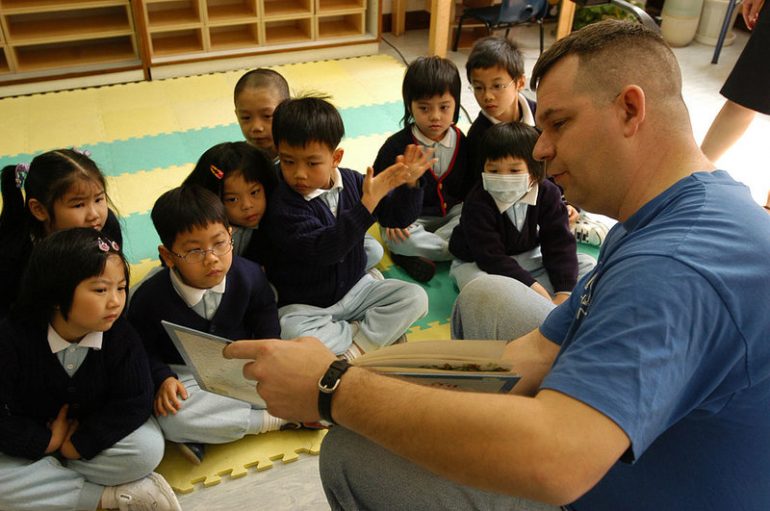A is for Alligator. B is for Bear. C is for Cat. Over the years, educators teach phonics through the recognition of sounds from common things and animals around the kids. It always focuses on colorful pictures and materials to encourage young learners to read. The feature of Sensory phonics in sounding out the letter sounds evolve from merely sound related words to pictorial artistic mnemonics. This is multi-sensory playful program to encourage the kids to learn the basic skills of listening, reading, spelling, speaking and writing.
Letters are shaped into animals to head start their first learning through pictures. Kids learn better by teaching pictures, sounds and movements. These combinations of techniques have proven to give them a grasp of more information at a young age and serves as a good foundation of early childhood learning.
The intervention
Mirror images of letters are common problems of students whenever they start to read and write. Interchangeable letters like ‘b’ and ‘d’ , ‘p’ and q’ , ‘u’ and ‘n’ are common mistakes of children as letters look similar at first glance. This reading challenge can be corrected by constant practice of phonemic and print awareness feature of phonics. Young learners can easily remember that ‘b’ is shaped as a hungry bear and ‘d’ is shaped as a deer reaching its food.
In studies, small letters are more used than capital letters. Though letter names are important, letter sounds are necessary for reading. The child cannot blend letters or read words through letter names. Short vowels are basic phonic sounds than long vowels. Blending of sounds start with two letters then three-letter word, followed by the consonant blend of four-letters and long vowel sounds. These are all considered first before teaching the more complicated version of reading.
The method
Early years of learning, 2-3 years of age, kids are introduced with just the animal shapes, playing with the letter actions and sound. Children are given two to three letters at a time to practice and recognize the sound. They play with the letters through sensory motor activities and crafts. The pictorial animal alphabet alone allows the learners to create an image in their minds of its artistic features and sounds. This strategy cements the graphic and phonics together.
The next step is the combination of animal letters and letter shape. Learners can easily remember the sounds of the letters and recognize it with the usual letter shape. This gradual process is very important and corrections on mirror images of letters are now fixed and modified through constant practice. Blending of sounds happen in this stage as letter shapes are already introduced. With learners having a good organization of its phonics skills, blending to read a word is an easy process.
Through continuous phonics exercises, students would no longer need the animal letters and can read the words without any pictures. Consonant blends, Long vowel sounds, diphthongs and diagraphs can certainly be taught at this step of phonics as there is a clear structure and stories behind every combination of sounds.
The use of drawings of letter shaped animals provides strong establishment of knowledge for more advanced learning. The effectiveness of zoo-phonics animal pictures encourages a learning process to improve their reading skills. Apart from the good foundation in reading, the self-assurance of learners is necessary to build its confidence in later years of learning.
Photo Attribution:
Featured and 1st image by U.S. Navy photo by Photographer’s Mate Airman Nicolas Melchor. [Public domain], via Wikimedia Commons
2nd image from Stoonn/freedigitalphotos.net

